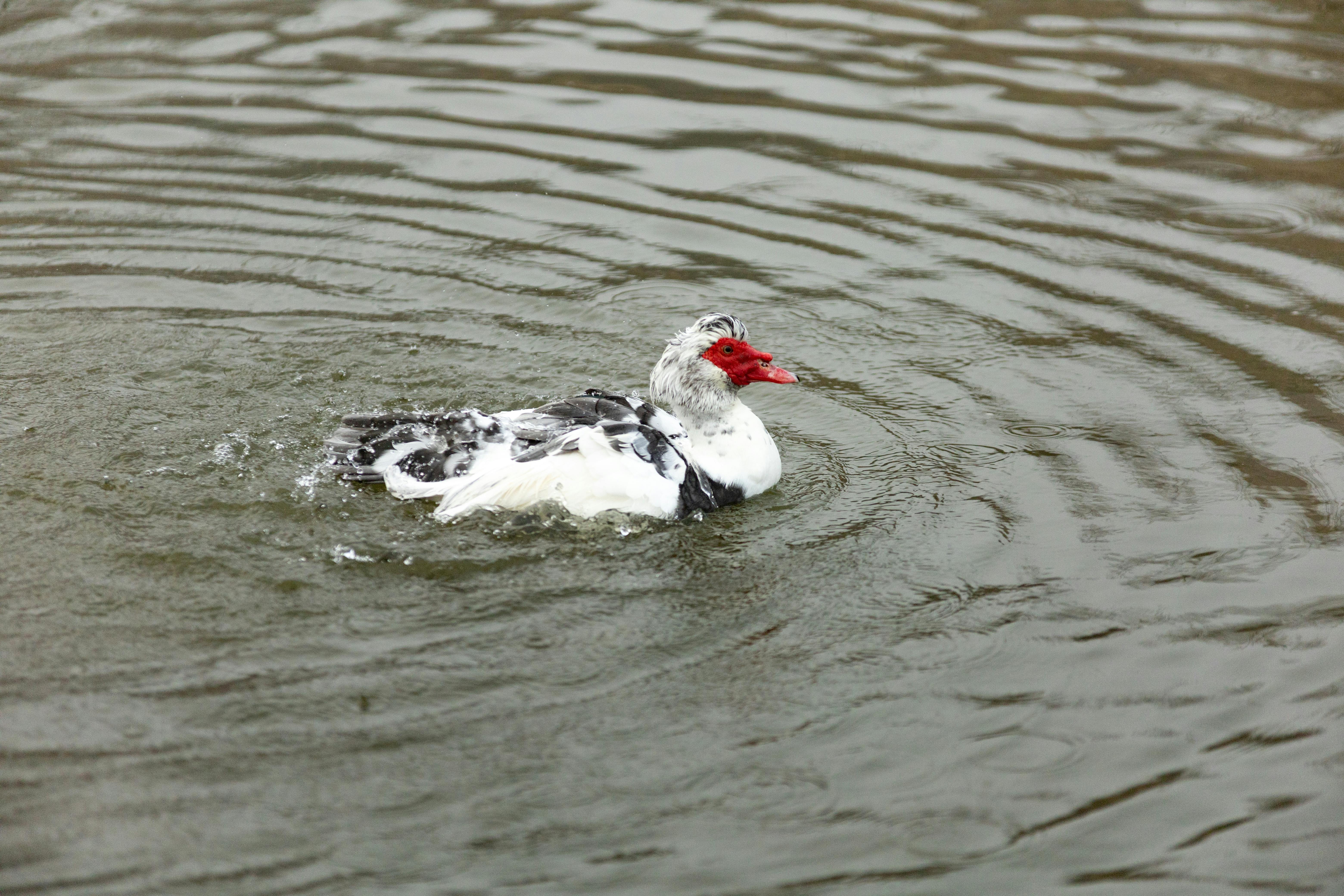
Smart Ways to Enhance Your Aquarium with Floating Plants
Floating plants are an exceptional addition to any aquarium, providing not only a visual appeal but also numerous benefits for fish and aquatic ecosystems. They contribute significantly to water quality management by filtering pollutants and enhancing oxygen levels, creating a healthy environment for your fish. In this article, we will explore the best floating plants for aquariums, how to care for them, and the many advantages they offer, making your aquarium both beautiful and efficient.
From enriching aquatic ecosystems to serving as natural filtration systems, floating plants showcase their versatility in various aquarium setups. Whether you are a novice aquarist or a seasoned enthusiast, understanding how to integrate these plants can enhance both the aesthetic and biological aspects of your tank. Let's dive into the world of aquatic flora and discover the myriad of ways you can select and care for floating plants in your aquarium.
Benefits of Floating Plants in Aquariums
Floating plants serve several purposes within your aquarium. They naturally improve water quality by absorbing excess nutrients and providing shade, which helps to combat algae growth. By releasing oxygen during photosynthesis, they contribute to a vibrant aquatic ecosystem, supporting the overall health of fish and invertebrates.
Moreover, floating plants create a sense of security for shy or nervous species, offering hiding spots and reducing stress levels. For betta fish, for instance, plants like water lettuce or duckweed can help mimic their natural habitat, thus fostering a more comfortable environment.
Additionally, floating plants can enhance biodiversity within your tank. By introducing varied species, you attract beneficial microorganisms that contribute to a balanced ecosystem. The dynamic interplay between floating plants and other aquatic life forms ensures a thriving habitat. As we delve deeper, we'll explore some of the best floating plants for aquariums that can help diversify your setup while promoting a harmonious aquatic environment.
Top Floating Plants for Aquariums
When selecting floating plants for your aquarium, it's imperative to choose species that suit your tank's conditions and your fish's needs. Among the most popular floating plants is duckweed, known for its fast growth and ability to cover large areas quickly. It's often used for its benefits in nutrient absorption and providing shade.
Water lettuce is another excellent option, offering a unique appearance with its frilly leaves and also improving water quality through nutrient uptake. This plant can also provide shelter for fry and other small species.
Water hyacinth is recognized for its beautiful purple flowers and its capacity to filter toxins from the water, making it an attractive and functional choice for both aesthetic appeal and ecological balance.
Upon considering the floating plants for your aquarium, it's crucial to assess their lighting needs and growth patterns. Some plants thrive in bright light, while others can flourish in low-light conditions, thus catering to various setups.
How to Care for Floating Plants
Maintaining floating plants requires attention to their specific needs. First and foremost, understand their light requirements; proper lighting is crucial for photosynthesis. For example, plants like water lettuce may thrive under moderate to bright lighting conditions, while others like the mosquito fern are more adaptable to lower light levels.
Additionally, monitor the nutrient levels in the water. Regular testing can help identify if you're meeting the nutrient requirements for your floating plants. Using liquid fertilizers designed for aquatic plants can enhance growth rates and overall health.
Another critical aspect of floating plant care is managing their growth. Regular pruning is essential, especially for fast-growing species like duckweed, as uncontrolled growth can lead to decreased water circulation and reduced light penetration for other plants.
Finally, be vigilant about potential pests and diseases. Maintaining a clean environment will significantly improve the health and longevity of your floating plants.
Improving Water Quality with Floating Plants
Floating plants are natural allies in maintaining water quality within aquariums. They absorb nutrients like nitrates and phosphates, which can reduce algae growth and promote a healthier habitat for your fish. Certain species are particularly efficient at nutrient removal and can play a role in your tank's ecological balance.
For instance, water pennywort not only adds to the visual appeal of the aquarium but also helps in absorbing excess nutrients, enhancing water clarity. These benefits ultimately lead to a more stable environment, which is crucial for fish health and well-being.
Moreover, floating plants improve oxygenation through photosynthesis. During daylight hours, they produce oxygen which is vital for the aerobic bacteria that break down waste products in the aquarium. Consequently, integrating floating plants can lead to an overall improvement in fish health due to these essential environmental enhancements.
Floating Plant Compatibility with Fish
Choosing the right floating plants not only enhances the aesthetic appeal of your tank but also ensures compatibility with the fish species you wish to keep. Some floating plants might create a favorable environment for specific types of fish, providing necessary cover for shy species or breeding conditions for certain pairs.
For instance, plants like duckweed can be beneficial in betta tanks, offering hiding spots and reducing stress levels. However, always research the floating plants you introduce, as some might not be suitable for all fish types. For example, species with aggressive tendencies might uproot delicate floating plants, causing damage.
Additionally, ensure that the growth habit of the floating plants complements the inhabitants of your tank. Larger floating plants might overshadow some fish or prevent others from receiving enough light. Assessing the overall ecosystem will help in creating a balanced community tank.
Creative Aquascaping with Floating Plants
Creating a lush aquarium landscape is made easy with the right floating plants. They can add multiple layers to the scenery, making tanks visually appealing while also serving functional roles. Using floating plants can soften the water's surface and create a canopy effect that mimics natural habitats.
In terms of decoration, plants such as floating ferns add unique textures and can be creatively arranged to complement other plants and aquarium decorations. For example, pairing water hyacinth with brightly colored substrate can create a stunning visual contrast.
Moreover, these plants can be arranged based on their growth patterns and textures to create an aesthetically pleasing aquascape. The balance between floating plants and submerged species can enhance the overall beauty of your aquarium, making it a focal point in your home or office.
As we conclude this exploration of floating plants, understanding their ecological roles and how to effectively use them in your aquarium can vastly improve both the health of your aquatic environment and the visual appeal of your setup.

Conclusion: The Future of Floating Plants in Aquariums
Floating plants stand as a testament to the beauty and functionality of nature's creations within our aquariums. Their myriad benefits—including water filtration, oxygenation, and stress reduction for fish—highlight their importance in sustainable aquatic practices. By choosing the right floating plants, engaging in comprehensive care practices, and understanding their compatibility and lighting needs, hobbyists can create vibrant aquatic ecosystems.
As you consider enhancing your aquarium with floating plants, explore unique floating plant varieties that offer both aesthetic appeal and ecological advantages. Remember, a well-maintained aquarium featuring floating plants is one that promotes the health and happiness of its inhabitants.
 ```
```